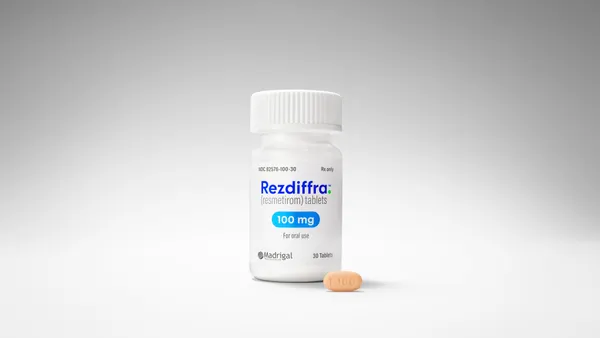The pharmaceutical industry is facing a crucial short age in the area of clinical trials. With an estimated 4,360 new drugs in the pipeline, it has become an increasing challenge for the industry to recruit both qualified patient volunteers and experienced researchers. Only an estimated 5 million to 6 million study sub jects — of 50 million North Americans with serious chronic illnesses — participate in clinical trials each year. Our industry is failing to reach and to convince 90% of the eli gible population about the importance and benefits of clinical trial participation — 80% of clinical trials do not meet the tar get recruitment and enrollment deadlines, and 27% of clinical development time is spent enrolling subjects. The current short age translates into lost time and lost dollars. The reasons for the recruitment shortage are numerous. Some potential subjects are simply unaware of clinical trials, and pri mary physicians have no real incentive to refer patients. Other patients have become frightened because of recent sensational ized and unbalanced media reports. One example is the recent Time cover story, which refers to patient volunteers as “human guinea pigs.” These reports unnecessarily alarm the public and attack the integrity of all researchers. INVESTIGATOR SHORTFALL While the demand for subjects continues to grow, the num ber of experienced investigators dwindles. CenterWatch esti mates there could be as much as a 15% shortfall in the number of investigators in the next five years. Currently, it is estimated that the vast majority of clinical trials — 80% — are conducted by only about 20% of experienced physicians. Investigators are opting out of clinical trials for many reasons, including lack of longterm patient care. In addition, sponsors routinely underestimate the cost/time required in patient recruitment, which directly affects the entire project. With changes in managed care, patients are increasingly on the move from one insurance plan to another — often changing physicians in the process. Patients then are lost to followup. Managed care and government regulations (such as HIPAA) have created addi tional administrative burdens on physician offices. Lastly, physi cian practices have become smaller, making it difficult to find adequate numbers of patients for study groups. PATIENT AND INVESTIGATOR RECRUITMENT With the urgent need to match patients with investigators, the demand for national and global patient recruitment, enroll ment, and retention services has increased and many companies have emerged to fulfill this need. Savvy companies are applying patientrecruitment techniques not only through traditional print ads, radio and television, but also via the Internet. Erecruitment is the newest medium for clinicaltrial recruit ment. With 76% of U.S. households and 46% of European con sumers turning to the Internet, online recruit ment is the ideal medi um to attract patients to studies. One communica tions company has established strategic alliances with credible online health sites, such as DrDonnica.com, for the purpose of notifying women about relevant clinical trials. For erecruitment to be truly of value, patientrecruitment companies must increase their effi ciencies and provide innovation beyond the existing and anti quated processes. Publicrelations firms now often work handinhand with advertising/marketing companies to inform potential study patients about new therapies in their geographic regions. While pharma companies and communications companies turn to innovative new methods for patient recruitment, it also is essential that the industry use public relations and other tools at their disposal to combat the negative press that has been erod ing public confidence in clinical trials. In addition to educating the media, study sponsors must be prepared to fund multifaceted and comprehensive education and recruitment campaigns. To encourage physicians in clinical research, sponsors must invest in assisting and supporting the sites in managing this process. The amount of funding for patient recruitment equates directly to the speed and success of patient enrollment — and ultimately the success of the clinical trial and time to market. For too long, patientstudy participation has been treated as a low priority in the clinicalresearch process. It’s time that resources and energies are turned to the importance of patient volunteerism and the need to educate the consumer/patient and their physicians on the importance and value of clinicaltrial par ticipation. One way to combat negative press on clinical trials is to inform the media about the positive aspects of clinical trials for both patient volunteers and physicians. In a recent study on patient recruitment, more than half of all study subjects rated their clinicaltrial experience as good, and three of four study volunteers said they would participate again. Kathleen B. Drennan serves as chief, global marketing and strategic business development, for Global Clinical Trial Services, a division of The Corbett Healthcare Group, an Omnicom Group Company. F PharmaVoice welcomes comments about this article. Email us at feed [email protected]. Contributed by Kathleen H.Drennan KATHLEEN DRENNAN CLINICAL TRIALS FROM STIGMA TO MAINSTREAM MEDICINE T
An article from


Pharma Outlet
Filed Under:
Research & Development









